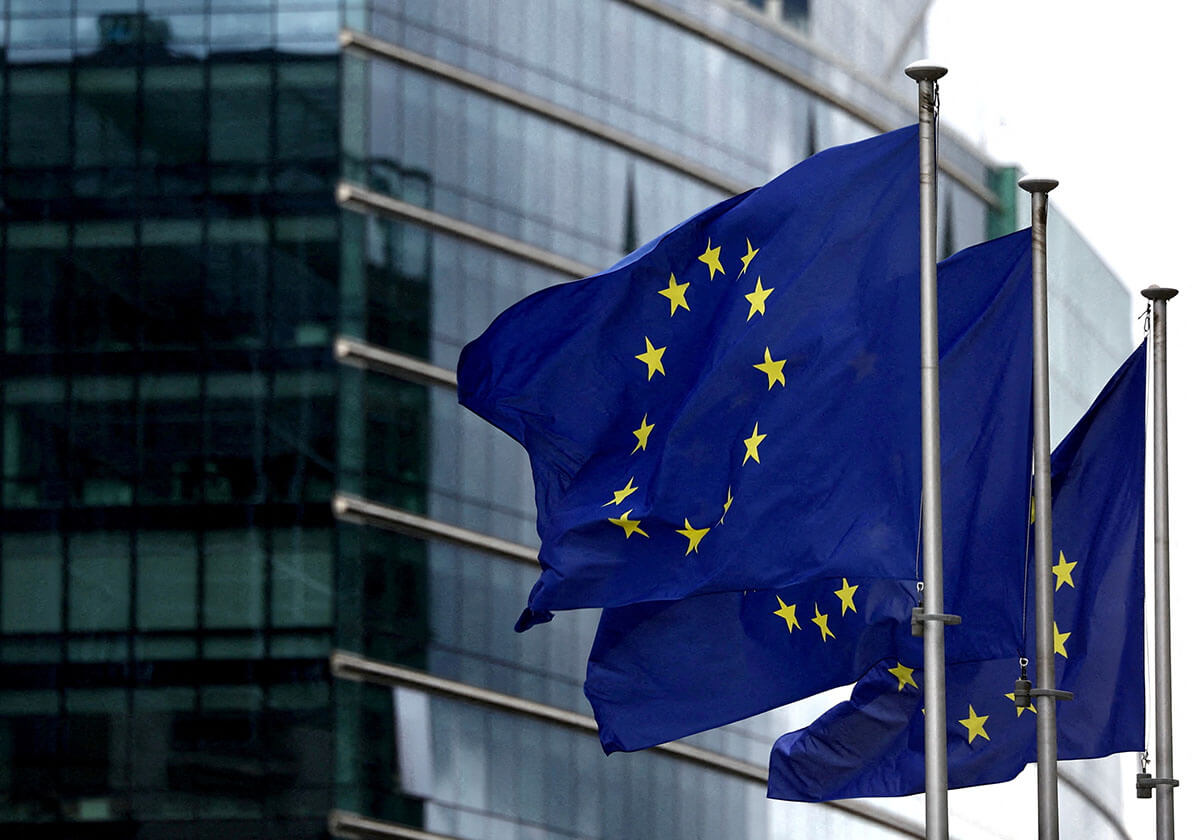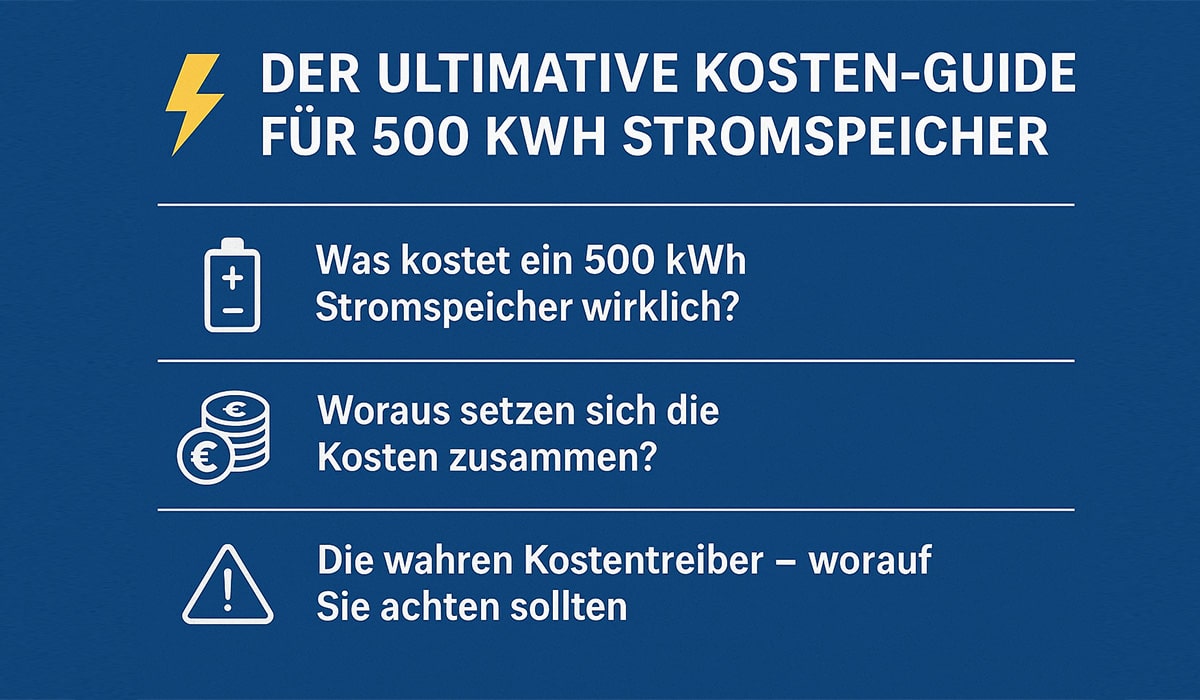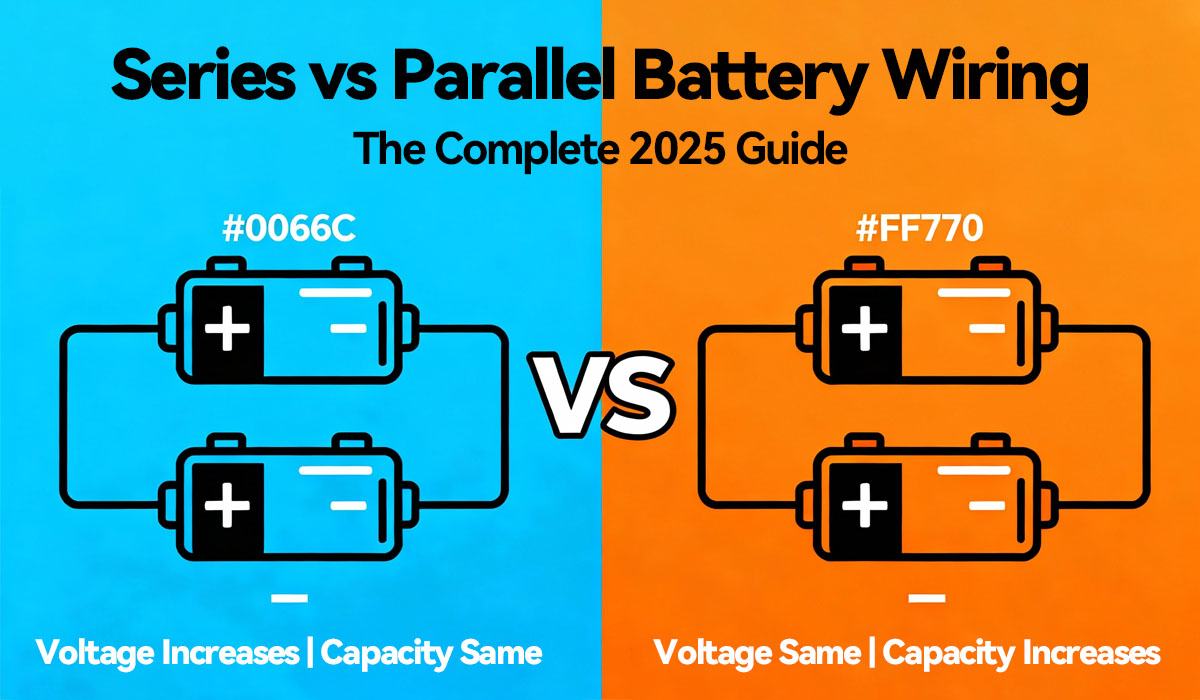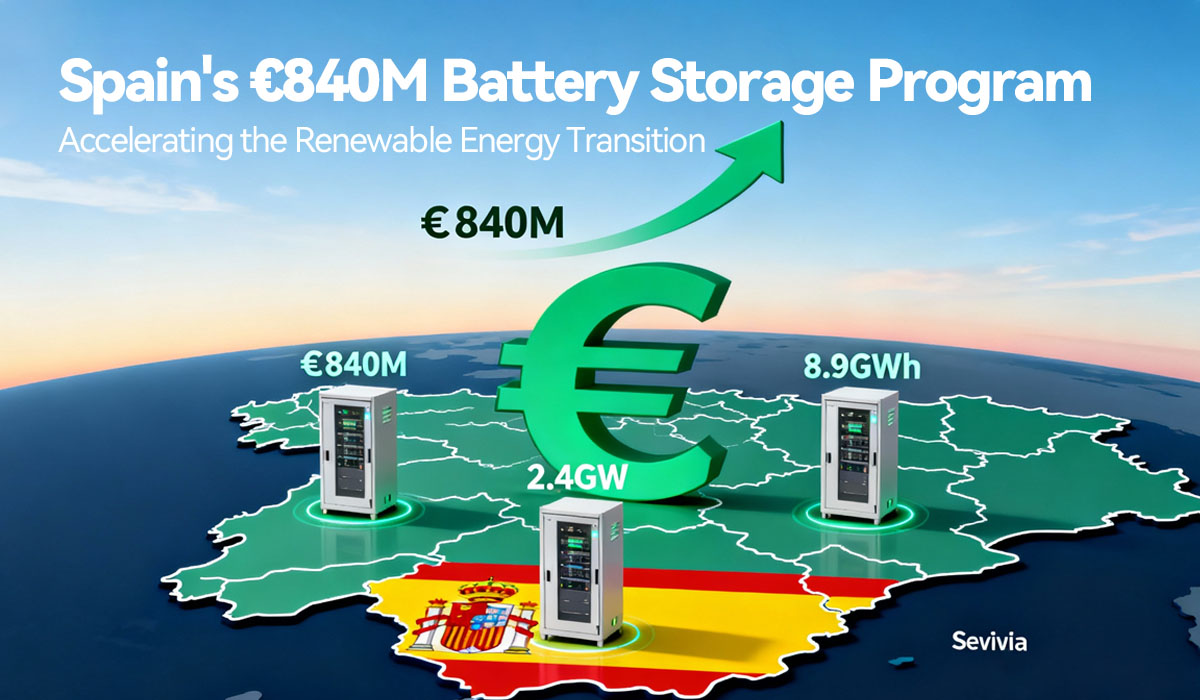How should manufacturers adapt to upcoming EU battery regulations?
How should manufacturers adapt to upcoming EU battery regulations?
Many companies are still unsure of what the upcoming new European Union battery regulation will mean for their product designs, processes, and management systems. Battery manufacturers and suppliers supplying products for battery storage systems will have to meet stricter requirements, according to media reports. Yalcin Ölmez, Head of Operations and Investment Risk at the German test institute TÜV SÜD, explains and analyzes what battery manufacturers and suppliers need to consider for this.

What the Upcoming EU Battery Regulation Imposes
The upcoming EU battery regulation will progressively impose a wider range of requirements on battery manufacturers, importers, distributors, and service providers, as well as a number of new ones. The regulation applies to all types of batteries, with requirements varying depending on the type of battery and the application, such as batteries used in electric vehicles, battery storage systems, cell phones, and other devices.
The regulation covers several areas:
- Labeling of a product’s carbon footprint
- Mandatory recycled material content
- Requirement for a product digital passport
- Extended supply chain due diligence
Battery service providers include installers, recyclers, maintenance and repair businesses, testing and certification services, and logistics and disposal companies.
CE Marking Requirements
Although different standards are required for different types of batteries, all batteries must meet the EU CE marking requirements by August 2024. Manufacturers, distributors, and service providers must demonstrate that their products comply with the regulatory requirements.
Battery manufacturers and suppliers must prepare in advance by adapting their production processes and quality management systems accordingly. It is particularly important to not only provide the necessary conformity documentation but also keep it updated to avoid legal risks as part of the EU CE assessment.
Some cases may require a Notified Body to be involved in the inspection process, particularly for batteries with higher environmental requirements, such as carbon footprint and the percentage of recycled material.
Electronic Passports for Carbon Footprints
The regulations will require the carbon footprint of batteries to be displayed in an e-passport, which can be accessed via a QR code on the battery. Many companies are still unclear about what data they need to provide and where they can access it. The battery value chain is complex and global, and carbon footprint assessments cover a wide range of topics, including raw material extraction, transportation during manufacturing, and recycling at the end of the product’s lifecycle.
Recycled Materials
In the future, batteries will need to contain a minimum percentage of recyclable materials. From 2031, specific quotas will apply to batteries for industrial and vehicle applications, including:
- At least 16% recycled cobalt
- At least 6% recycled lithium and nickel
These requirements will progressively apply to batteries for energy storage systems from 2031. There are also requirements for labeling, recycling, and disposal of batteries, which some companies have yet to implement.
Responsible Supply Chain
Ensuring the supply chain of minerals and rare earths used in batteries is critical. Businesses should ensure that their mining does not negatively impact human rights, working conditions, or the environment. Implementing and documenting this transparency in practice can be challenging, especially for small and medium-sized battery producers.
Quality and Safety
The new battery regulation places a strong emphasis on the quality, safety, performance, and durability of batteries. Batteries used in electric vehicles, electric bicycles, and for battery storage systems must have a quality management system in place and demonstrated during production, placing higher technical demands on the batteries than before.
Actions for Manufacturers
From 2027, companies should review their supply chains and document the proportion of recycled materials in their batteries. By 2026, these companies will have to disclose the carbon footprint of their products, so they must be prepared to account for their carbon emissions. Installers should ensure they comply with the new labeling and recycling requirements when selecting and installing battery energy storage systems.
The EU’s Green Deal and Battery Regulation
The EU’s upcoming battery regulation is one of the first product-related regulations to implement the intent of the European Green Deal. The Green Deal is central to Europe’s climate policy, aiming to make the EU climate-neutral by 2050 and transition Europe’s economy towards sustainability, a circular economy, resource efficiency, and carbon reduction. Other product-related regulations are also in the pipeline.
How Dawnice is Responding
With the upcoming EU battery regulation, manufacturers and suppliers will need to make necessary adjustments to their product designs, production processes, and management systems to comply with increasingly stringent requirements. Dawnice energy storage batteries fully meet these regulatory standards, offering exceptional performance, long-lasting durability, and sustainable features. Our products are CE certified, all batteries comply with environmental standards, and they meet the latest EU requirements. Dawnice has offices in multiple regions worldwide, providing quick and professional customer support.






